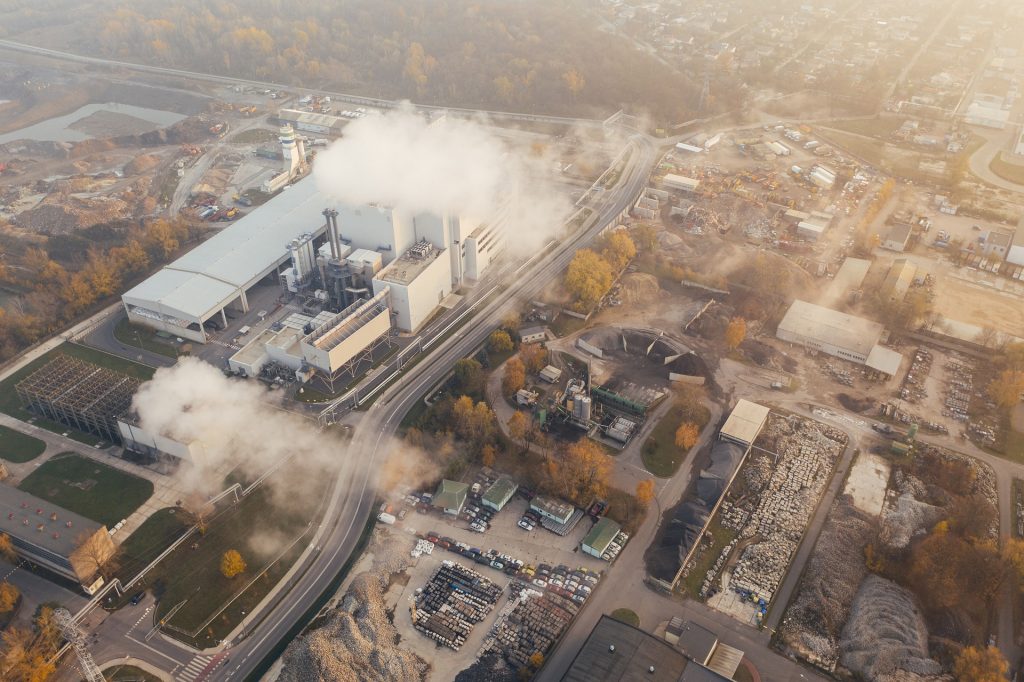According to the IEA (International Energy Agency), building operations, which include electrical and HVAC systems, contribute approximately 30% to greenhouse gas emissions globally. It is therefore imperative for South African property owners to adopt a new way of thinking if they are to align with the international target of having zero-carbon-ready buildings by 2050.
Given that South Africa is the 12th-largest greenhouse gas emitter in the world, surpassing the combined emissions of the US and China, more work must be done to accelerate the decarbonisation efforts in the country. The South African government has confirmed its commitment to net-zero emissions by 2050 even though it still relies on coal for the bulk of its energy needs.
The property sector’s efforts to decarbonise buildings require an integrated portfolio of solutions to achieve net zero goals. These measures include improving the energy efficiency of buildings, embedded generation from renewable energy sources, and wheeling and carbon offset strategies which must be tailored to suite local climate conditions, occupancy types, and technology available.
Different approach
The portfolio of projects implemented within a property portfolio must strike an appropriate balance between financial return on investment and environmental impact. Increasingly, the articulation of environmental targets and achieving those targets are becoming an important aspect of attracting investment. The continuing rise of ESG-based investment strategies is evidence of the importance that investors assign to a property fund’s ability to demonstrably achieve significant reductions in GHG emissions, up to achieving that magical net zero target.
The availability and intelligent use of utility consumption data informs the complex decision-making process required to make sound investments in energy efficiency, embedded (renewable) generation and wheeling agreements. Too often, these decisions are made with inadequate and even inaccurate data, often leading to underwhelming results (both financially and environmentally). This can create a vicious cycle where future investments become increasingly difficult to motivate due to the lacklustre performance of those initial projects that were selected and specified without using the right data.
While it will always be easier to incorporate these kinds of interventions as part of new building design and construction, existing properties (of which there are many more than new builds) must also be ‘updated.’ Even though retrofitting buildings may prove challenging given the long lifespan of structures, it is something that must happen. Given the imminent need for buildings meeting specific criteria to display Energy Performance Certificates, thinking differently about zero-carbon and energy efficiency are things that can no longer be moved to the side-lines.
Changing regulatory environment
Currently, 80 countries have some form of energy building codes in place. Many of these are being updated to reflect the evolving standards in construction methods, materials, and technologies.
But perhaps more concerning, only 45 countries have mandatory codes in place that cover the entire building sector. Of those, just a third of global floor area additions to 2050 will be in countries with mandatory codes. The SANS 204 and SANS 10400-XA for energy usage in buildings are the key standards when it comes to the National Building Regulations in South Africa for developers and property owners to begin realising meaningful savings of energy by reducing the amount used by buildings.
Despite additional progress on energy efficiency and the decarbonisation of electricity generation, the measures that have so far been implemented around the world are not enough to curb the growth in CO2 emissions from buildings operations. These have been increasing by approximately 1% annually over the last decade. Considering that only 5% of new buildings being constructed in 2020 was zero-carbon-ready, there is still a long road ahead if the 2030 targets are to be met.
There is hope. According to an article published by the World Economic Forum last year, energy efficiency must remain a top priority as part of a net zero carbon strategy for buildings. It writes that every dollar invested in energy efficiency saves two dollars in energy supply. For a country like South Africa that is struggling to maintain a reliable electricity infrastructure, this can be critical to mitigating against the continued threat of rolling blackouts and a complete collapse of the grid.
Collaborating with a trusted and experienced partner is crucial to identify the optimal measures to become both more energy efficient and reduce the emissions footprint of a building. If South Africa is to move towards prioritising sustainability, then these partnerships will be key to success.




